They were pilgrims, Ule learned from the old man. Royalty, clergy, soldiers, merchants, farmers, all kinds of folk travelled to this place year round for the same purpose—to contemplate the mystery of the flower in the desert.
Long ago, they must have plucked the tiny sunstones from the fine lattice of veins on each petal until they were gone. Now, they climbed the plundered beast, struck it, and listened to hollow tones resonate and diminish somewhere deep beneath the ground. Some people tapped rhythmic codes representing sacred notions and waited for a response. Some carved images and symbols into the stone, hoping to manifest a dream or desire.
Children dug into the ground near petals partially buried by sand. They tunnelled as far as their tiny arms could reach, fingers wriggling along thick roots which snaked beneath the earth. Ule wondered why they bothered. Come morning, their dug holes and tracks would be wiped clean by the night wind. They would only have to dig again.
The old man stayed by her side, rambling on. In any season, on any day of the year, hundreds of people milled about the flower, he explained. They told stories, the kind of stories which sought to explain the existence of the object—what it had been originally; how it had come into existence.
Ule knew Elishevera’s origin. She had created the beast, long, long ago; in the beginning. Part octopod, part lily, and part sunstone, Elishevera loved unconditionally and she loved everyone. Regardless of how enlightening, silly, and untrue the pilgrim’s stories sounded, at least they agreed the flower had to be sacred. How else could anything endure the storms of the dry, abrasive desert?
The stone began warming beneath Ule’s feet as the sun rose. She imagined Elishevera coming back to life and wished the gentle beast as something vengeful, shucking the humans from her petal limbs and flinging them into the wasteland. She saddened at the thought that her fantasy would never happen; Elishevera was too kind. And never again would Ule feel her friend’s strength and warmth.
This was the nature of death. Creations evolved in ways their creators couldn’t control, and sometimes they died. Ule knew this from first hand experience.
As a child, she had designed a world of lava populated with creatures, one race of gypsum and another of granite. Both races fought over who revered her the most, and she admired the rapid development of war strategy among the Granites yet loved the Gypsums for letting their spines evolve into long, arcing, powerful third legs.
Growing bored by the escalation in battle between the two races, she eventually shoved them into lava pits or knocked them together until they surrendered. At her Master’s command, she put aside the world and let it be despite her insistence that the two races needed proper attending.
“Guidance neither manipulates nor usurps,” her Master explained.
She tried to understand.
“It nudges,” he continued, “toward a course of action—a prodding of free will, an offer of suggestion. Nothing more.”
Eventually she allowed the lava world to flourish on its own. Upon her return, the rock races had ground each other into dust. Lava rivers had hardened into black veins, seas had dried into cracked plateaus of clay, and mossy green creatures slithered over a desolate planet pocked with shadowy lakes.
She felt her Master had tricked her into letting the world become some ugly, creepy thing. Had she not felt so betrayed by him, so angry at herself for listening to him, she might not have done what she did—an act worthy of severe punishment.
___________________________________
The Forgotten Gemstone, Book One in A Xiinisi Trilogy
© Kit Daven & Eager Eye Books, 2013.
All rights reserved. No part of this book may be reproduced in any matter whatsoever without permission in writing from the author, except by a reviewer, who may quote brief passages in a review or critical article.
This is a work of fiction. All characters, events, situations, and references portrayed in this story either fictitious or are used fictitiously.
Cover art by Sean Chappell, RedFracture.com.


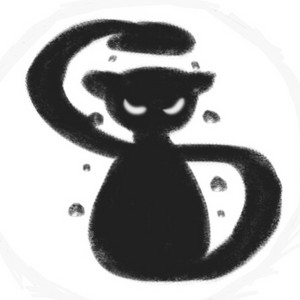


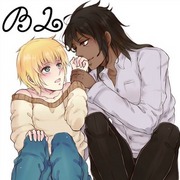

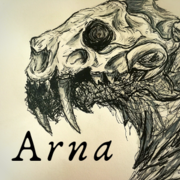
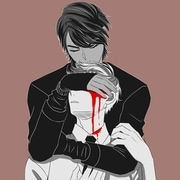

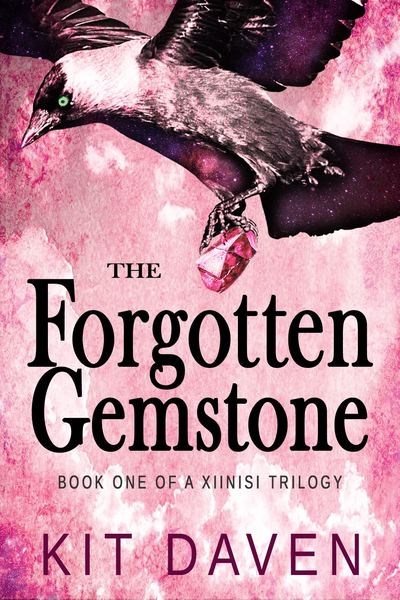
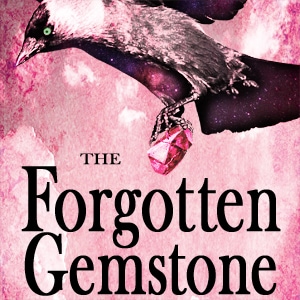
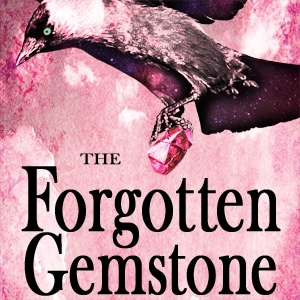
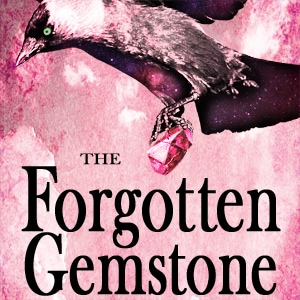
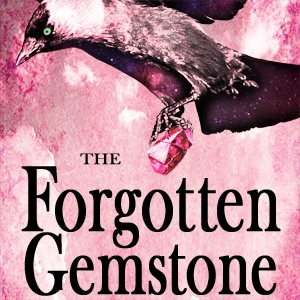
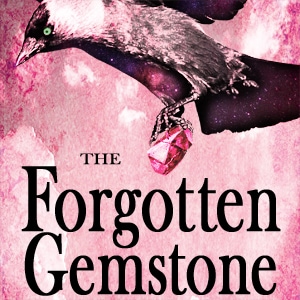
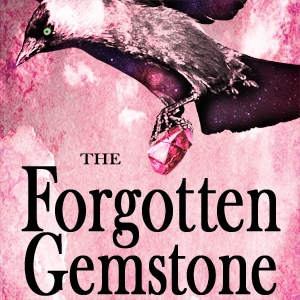
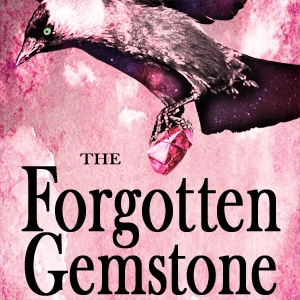
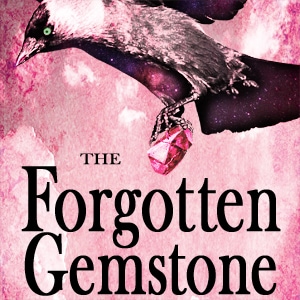
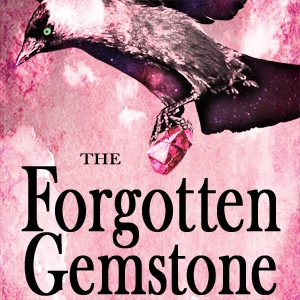
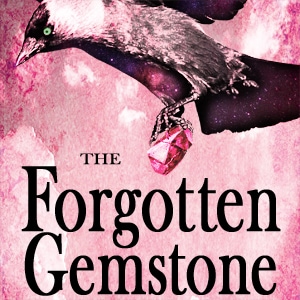
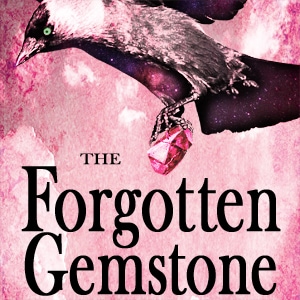
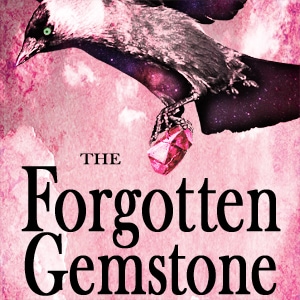
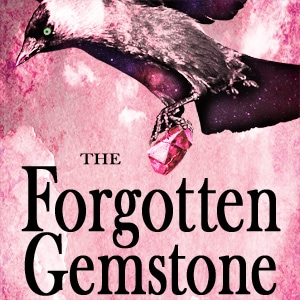
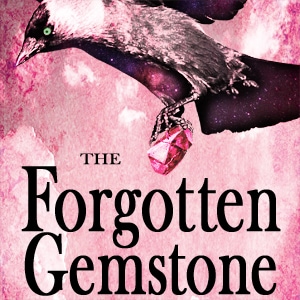
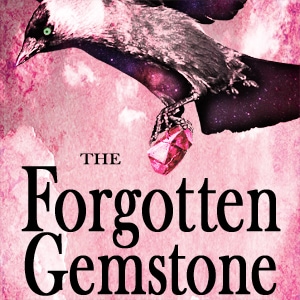
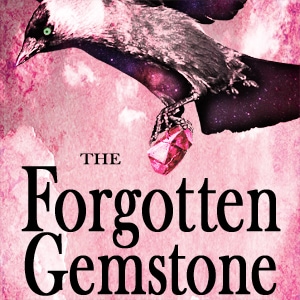
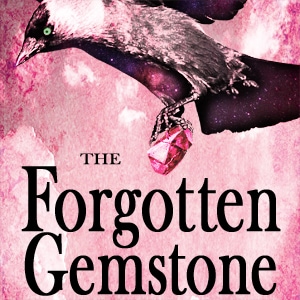
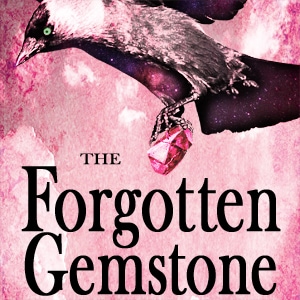
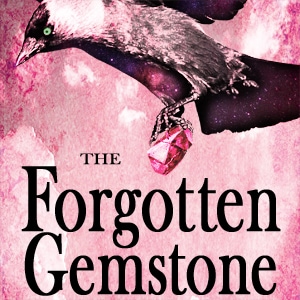
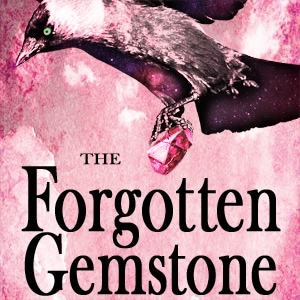
Comments (2)
See all